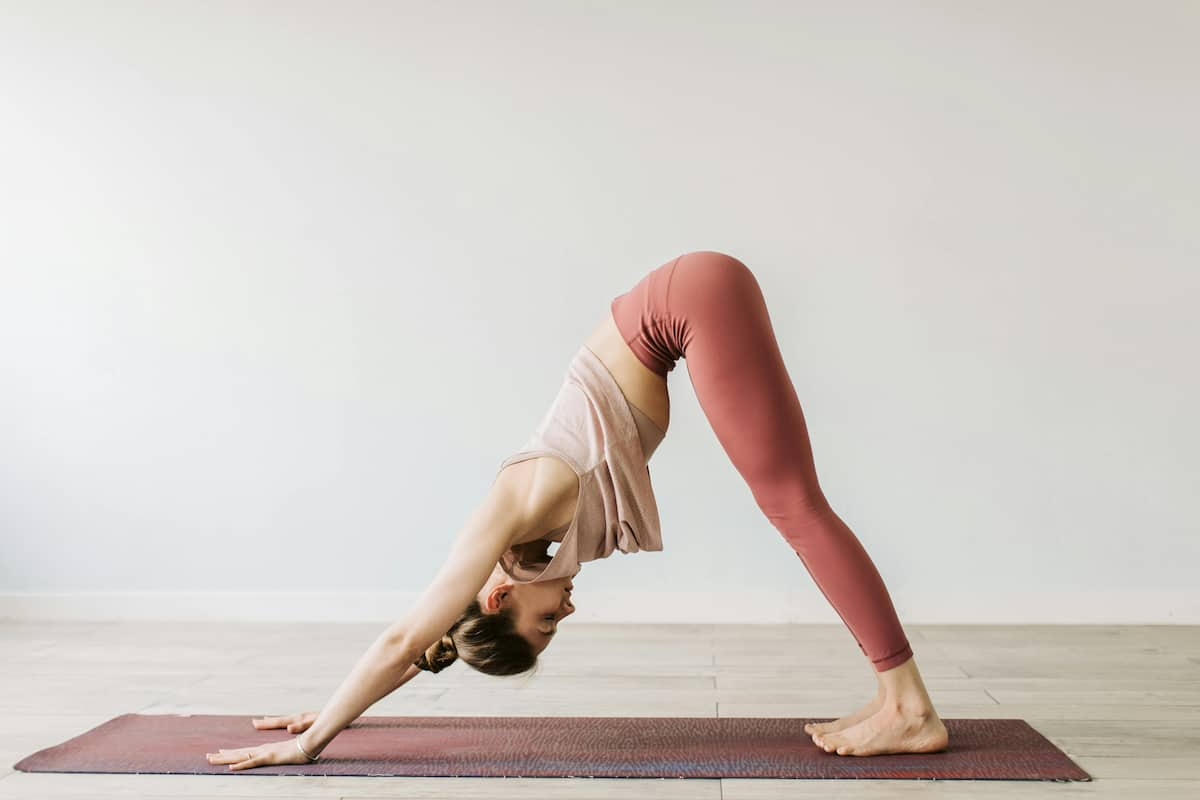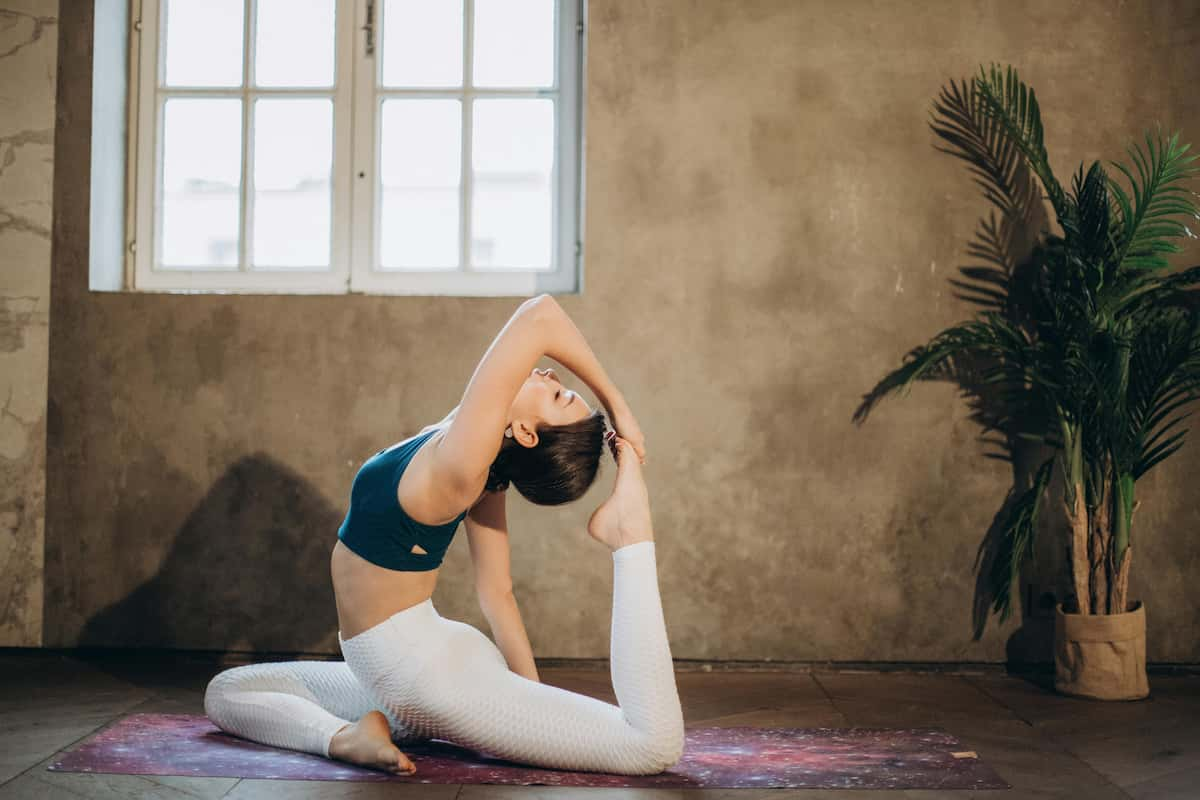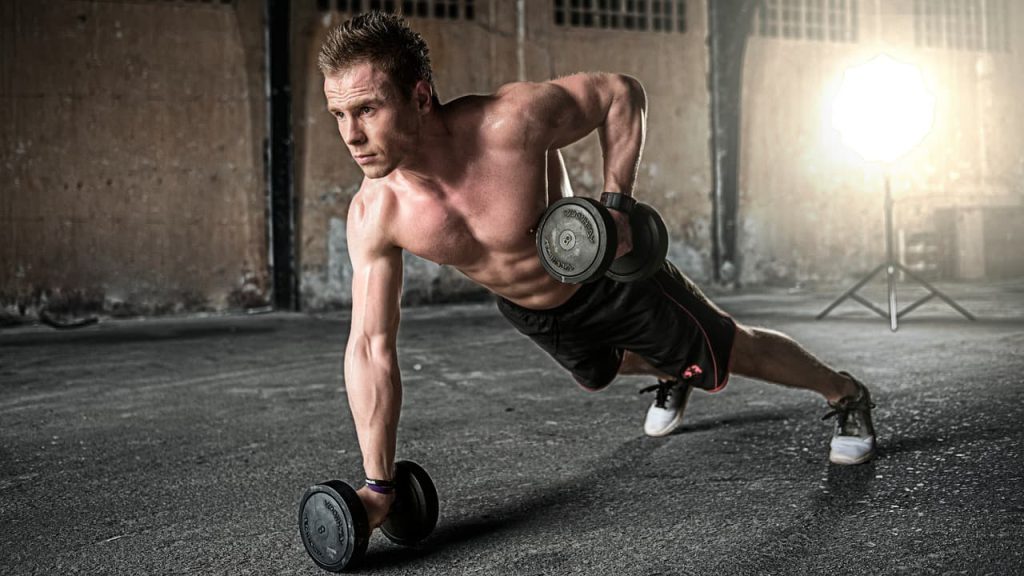Yoga is not only a tranquil and meditative practice but also incredibly beneficial for enhancing flexibility, strength and overall well-being. Incorporating specific yoga poses into your daily routine can significantly improve your flexibility and help reduce the risk of injuries. This article outlines some of the most effective yoga poses for increasing flexibility that you can start practicing today.
Why Yoga for Flexibility?
Flexibility is crucial for a functional and healthy body. It enhances your range of motion, improves your posture and reduces muscle tension and soreness. Yoga poses, known as asanas, stretch and lengthen the muscles while also helping to release the tension in the connective tissues. Regular practice not only increases flexibility but also contributes to better muscle tone and relaxation.
Top Yoga Poses for Flexibility
1. Downward-Facing Dog (Adho Mukha Svanasana)

Benefits: This pose stretches the hamstrings, calves, arches, hands, and spine while strengthening your arms, shoulders and back.
Instructions:
- Start on your hands and knees, with your wrists under your shoulders and your knees under your hips.
- Press into your hands, tuck your toes and lift your hips towards the ceiling.
- Push your heels down towards the floor and keep your head between your arms.
- Hold for 5-10 breaths.
2. Pigeon Pose (Eka Pada Rajakapotasana)

Benefits: Great for opening the hip joints, lengthening the hip flexors and stretching the thighs, glutes and piriformis.
Instructions:
- Begin in a downward-facing dog.
- Bring your right knee forward and place it near your right hand while extending your left leg back.
- Lower your body to the ground, keeping your back leg extended and flat on the floor.
- Hold for 5-10 breaths, then switch sides.
3. Cobra Pose (Bhujangasana)

Benefits: Stretches muscles in the shoulders, chest and abdominals; decreases stiffness of the lower back.
Instructions:
- Lie prone on the floor with your palms flat, under your shoulders.
- Engage your legs and push the tops of your feet into the floor.
- Press your palms into the floor and lift your chest up off the ground by straightening your arms.
- Gaze upwards and keep your abdominals engaged.
- Hold for 5-10 breaths.
4. Seated Forward Bend (Paschimottanasana)

Benefits: Stretches the spine, shoulders and hamstrings.
Instructions:
- Sit on the floor with your legs stretched out in front of you.
- Inhale and raise your arms above your head.
- Exhale and lean forward from the hips, reaching for your toes with your hands.
- Hold for 5-10 breaths.
5. Standing Forward Bend (Uttanasana)

Benefits: Stretches the hips, hamstrings and calves; strengthens the thighs and knees.
Instructions:
- Stand with your feet hip-width apart.
- Exhale as you bend forward at the hips, lengthening the front of your torso.
- Lay your hands on the ground beside your feet or on your legs.
- Hold for 5-10 breaths.
Incorporating Yoga into Your Routine
To gain the flexibility benefits of yoga consistency is key. Try incorporating these poses into a daily routine, gradually increasing the time you spend in each pose. It’s also beneficial to attend a yoga class or follow an online tutorial to ensure correct form and prevent injuries.
Conclusion
Practicing yoga is a highly effective way to improve your flexibility. These poses not only enhance your physical flexibility but also promote mental relaxation and focus. By integrating yoga into your daily life, you can enjoy the extensive health benefits it offers, leading to a more balanced and healthy lifestyle.
Remember, as you begin your yoga journey, be patient with your body and allow yourself to grow into the practice at your own pace. Over time, you’ll likely notice significant improvements in your flexibility and overall well-being.


